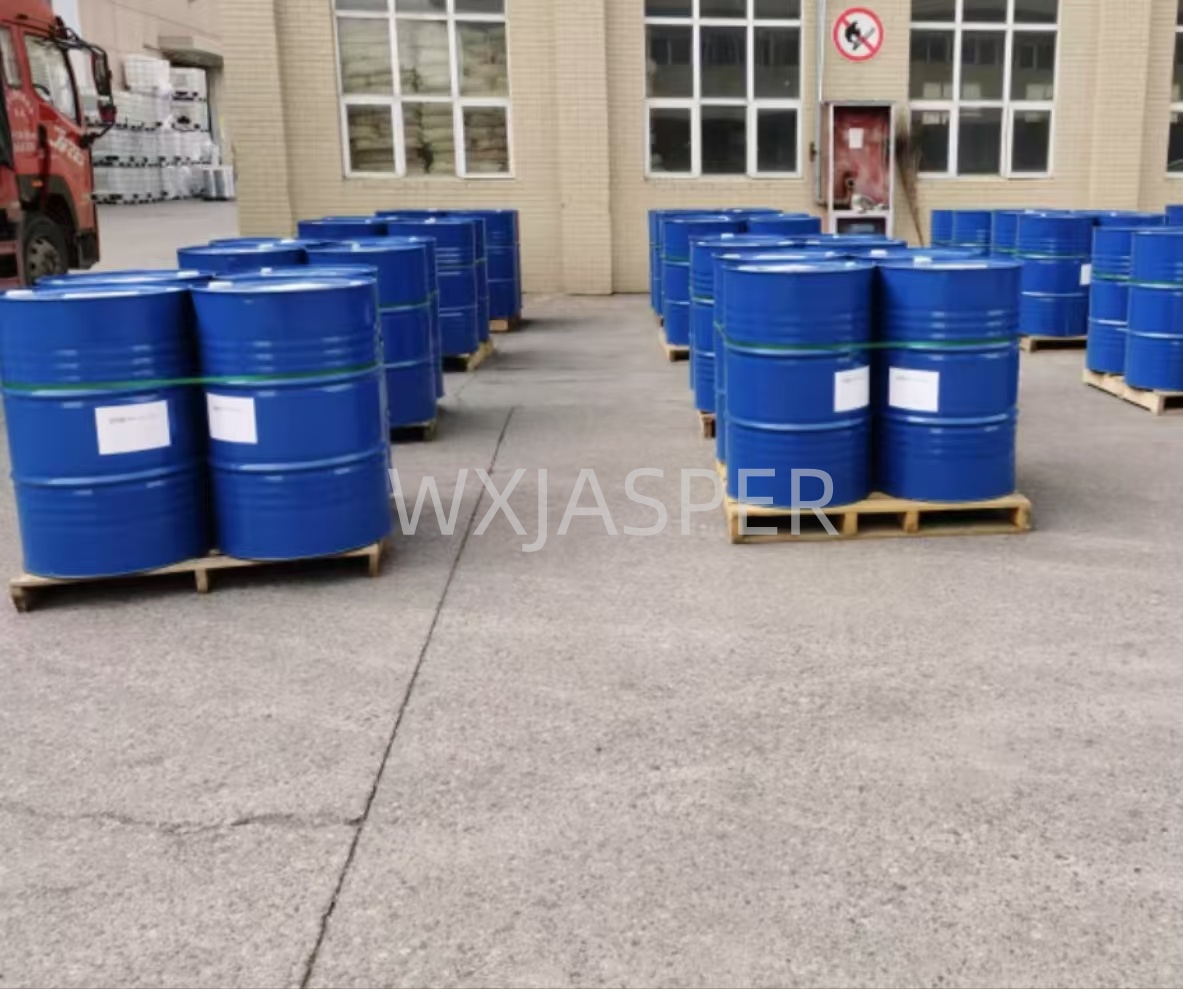


CasNo: 110-86-1
MF: 110-86-1
Appearance: liquid
Delivery Time: 15 days
Packing: 200kg/drum
Purity: 99%
| Parameter | Specific Value | Notes |
|---|---|---|
| Melting Point | -41.6℃ | Flows easily at low temperatures; no antifreeze required |
| Boiling Point | 115.2℃ | Moderate boiling point, facilitating distillation and recovery |
| Density (20℃) | 0.982 g/cm³ | Slightly denser than water; miscible with most organic solvents |
| Flash Point (Closed Cup) | 20℃ | Classified as a Category B flammable liquid; ignition sources must be controlled |
| Explosion Limit (in Air) | 1.7%–12.4% (v/v) | Vapor easily forms explosive mixtures, posing high risks |
| Solubility | Fully miscible with water, ethanol, ether, benzene, acetone, etc.; dissolves most organic compounds and some inorganic salts (e.g., copper chloride, zinc chloride) | High polarity; an excellent "universal solvent" |
Pyridine is classified into industrial grade and reagent grade (analytical pure/chemical pure) based on purity and application. Key differences in indicators are as follows:
| Grade | Purity (GC) | Water Content | Impurities (e.g., Methylpyridine, Benzene) | Application Scenarios |
|---|---|---|---|---|
| Industrial Grade | ≥99.0% | ≤0.2% | ≤0.5% | Pesticide synthesis, rubber additives, industrial solvents |
| Reagent Grade (Analytical Pure) | ≥99.5% | ≤0.05% | ≤0.1% | Pharmaceutical intermediate synthesis, chromatographic analysis, laboratory R&D |